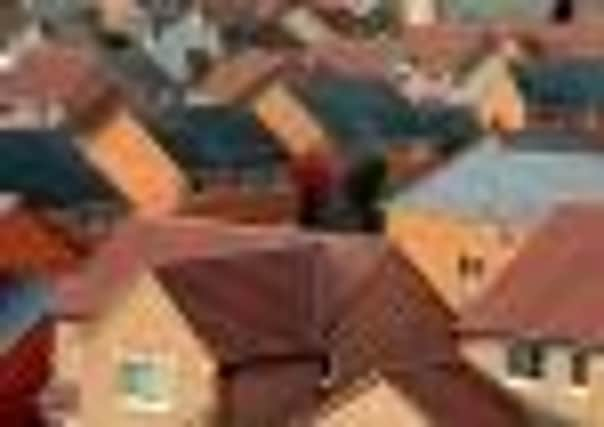Green belt targeted as demand for homes set to soar


Local authorities across the region are putting together plans to ensure enough land is available for housebuilding over the next 16 years and identify areas suitable for development.
In Leeds it is predicted 70,000 homes will be needed to cope with a population estimated to increase from 755,136 in 2010 to 859,583 by 2028.
Advertisement
Hide AdAdvertisement
Hide AdTo meet this demand Leeds City Council said yesterday it could be forced to release green belt land for possible development – which could see more than 11,000 homes built on prime sites.
On top of this, the authority, which wants to see brownfield land developed as a priority, says the scale of the population figures mean it could also need to set aside protected sites – many of them greenfield. This could mean more than 9,000 homes being built on these sites.
The warnings come only weeks after the Yorkshire Post revealed how tensions had risen between the region’s local authorities, which are falling short of annual affordable homes targets, and developers who are eyeing up fresh greenfield sites to build on while construction work is yet to begin on plots for nearly 30,000 homes which have already been given planning permission.
One of the key battle grounds has been Leeds, which in common with other authorities, is putting together plans for its future housing, economic and retail needs. At this stage no specific sites have been revealed, that will be discussed at a later stage, but the city council has revealed key areas for possible housing growth.
Advertisement
Hide AdAdvertisement
Hide AdIts blueprint says 10,2000 properties could be built in the city centre, 11,400 in East Leeds, 10,000 in inner Leeds, 6,000 in North Leeds and 7,200 in the outer south west.
Coun Richard Lewis, who is in charge of city development, said developers were no longer as interested in working in the city centre.
“Our dilemma is that the market is very much about pushing out into greenfield locations,” he said.
Council chiefs argue, however, the city has a lot of brownfield land which needs developing as a priority and are keen to preserve its distinctive regions and surrounding areas, while ensuring the city centre thrives.
Advertisement
Hide AdAdvertisement
Hide AdOther parts of Yorkshire are facing the same pressures. Over the next 15 years Ryedale estimates it needs to build 200 homes a year.
Sheffield Council has earmarked sites including disused playing fields and a working farm for possible future housing. A total of 21 pieces of land, in areas from Oughtibridge and Stocksbridge in the north of the city to Norton Oakes in the south, have been identified by the authority as spots that could potentially be built on between now and 2027.
Bradford estimates it needs an extra 45,500 homes up to 2028 and its blueprint has suggested significant housing development at Holme Wood and Menston – raising concerns city boundaries between Leeds and Bradford could be merged.
Yesterday council chiefs in Leeds, which has lost a string of legal battles with developers over greenfield sites in recent years, said while the blueprint would act as a guide to meet future need, it has some doubt that 70,000 properties would actually be needed.
Advertisement
Hide AdAdvertisement
Hide AdThe Leeds blueprint will be discussed by senior councillors next Friday and if approved will go out for public consultation.
Housebuilders says they need sites ready to build on to meet demand. They have said a reduction in the number of planning permissions granted in recent years threatens to hamper the chances of economic recovery.